Blood cultures drawn after antimicrobial administration resulted in a loss of almost 50 percent of available clinical information
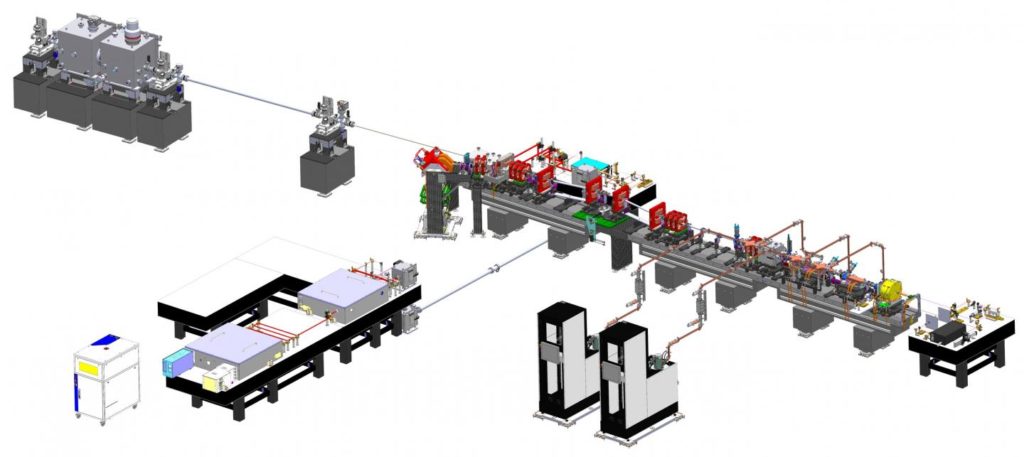
Revolutionary laser instrument receives $4.7 million boost from the National Science Foundation
Deep within the subterranean confines of Building C–the latest addition to the Biodesign Institute at Arizona State University–a pathbreaking machine is quietly taking shape. Designed to unlock some of nature’s tiniest and most fleeting mysteries, the Compact X-ray Free Electron…
The effects of variation in T6SS and bacteria on competition in host environment
A group of scientists studying the ways plant-associated bacteria interact were surprised to find that strains predicted to be more sensitive to bacteria were able to coexist with aggressor strains. “Our findings are not consistent with a ‘winner-take-all’ result,” says…

Studying drivers behind cardiac arrhythmias
Visualizing electrical patterns underlying abnormal heart contractions and deformations
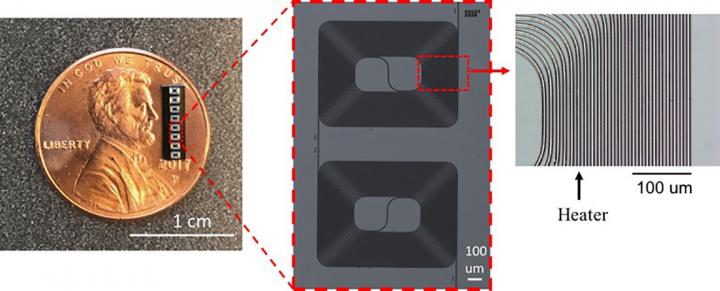
Miniaturizing medical imaging, sensing technology
High quality medical images produced using a microchip proves researcher’s fabrication method can be used to miniaturize sensing, imaging and optical communication systems
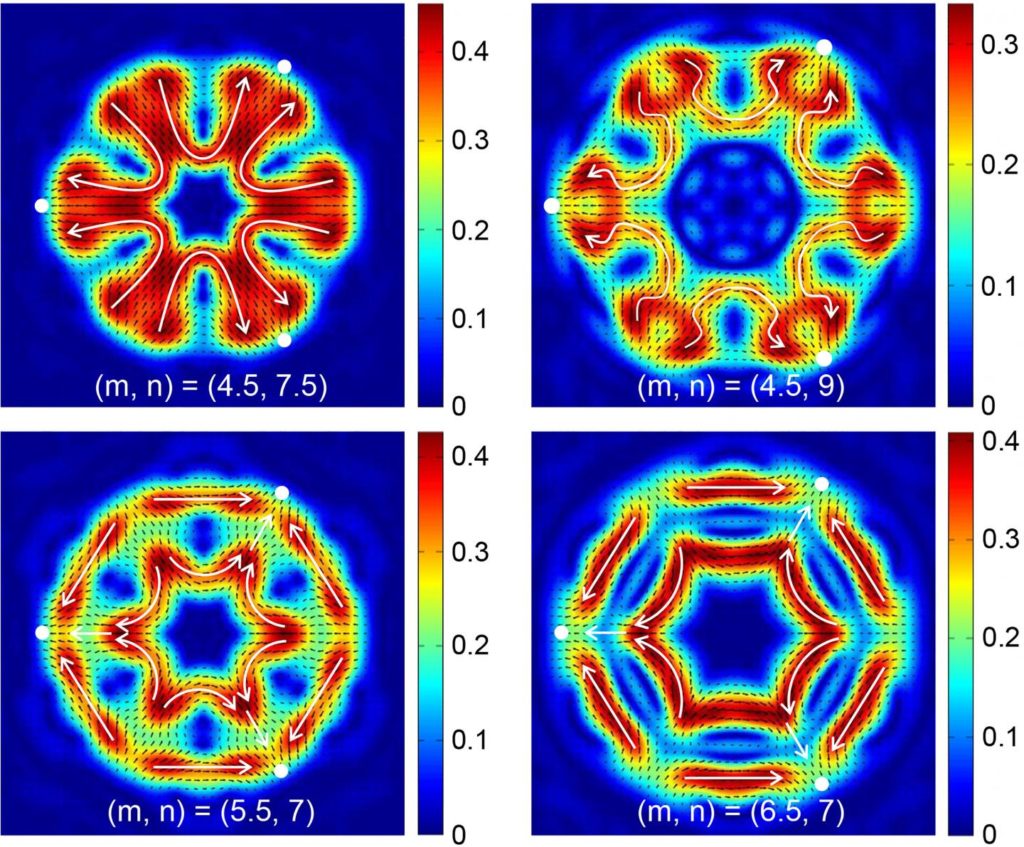
Kaleidoscope mirror symmetry inspires new design for optical tools, technologies
Using multiple-axis symmetry inspired by kaleidoscopes, new polarization designs can control spin angular momentum and transverse energy flow for complex optical tools
Wiley and The Physiological Society announce physiology discipline taxonomy to drive discovery and usage
HOBOKEN, N.J.–September 17, 2019 — John Wiley and Sons Inc. (NYSE: JW-A) (NYSE: JW-B) is delighted to announce a multi-faceted physiology taxonomy, developed in collaboration with The Physiological Society, to greatly support search and discovery for the physiology and associated…
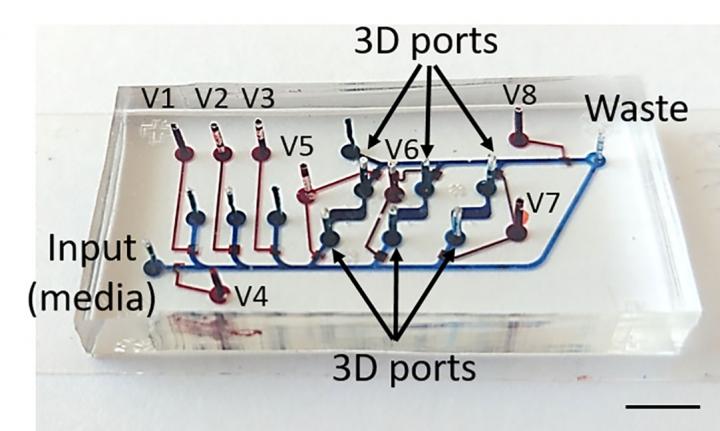
Every step a cell takes, every move they make — scientists will be watching
Scientists have created a novel two-layer microchip to track individual developmental changes in stem cells over longer time periods
Peatlands trap CO2, even during droughts
Although peatlands make up only 3% of the Earth’s surface, they store one third of the soil carbon trapped in soils globally. Preserving peatlands is therefore of paramount importance for mitigating climate change, provided that these vulnerable environments are not…
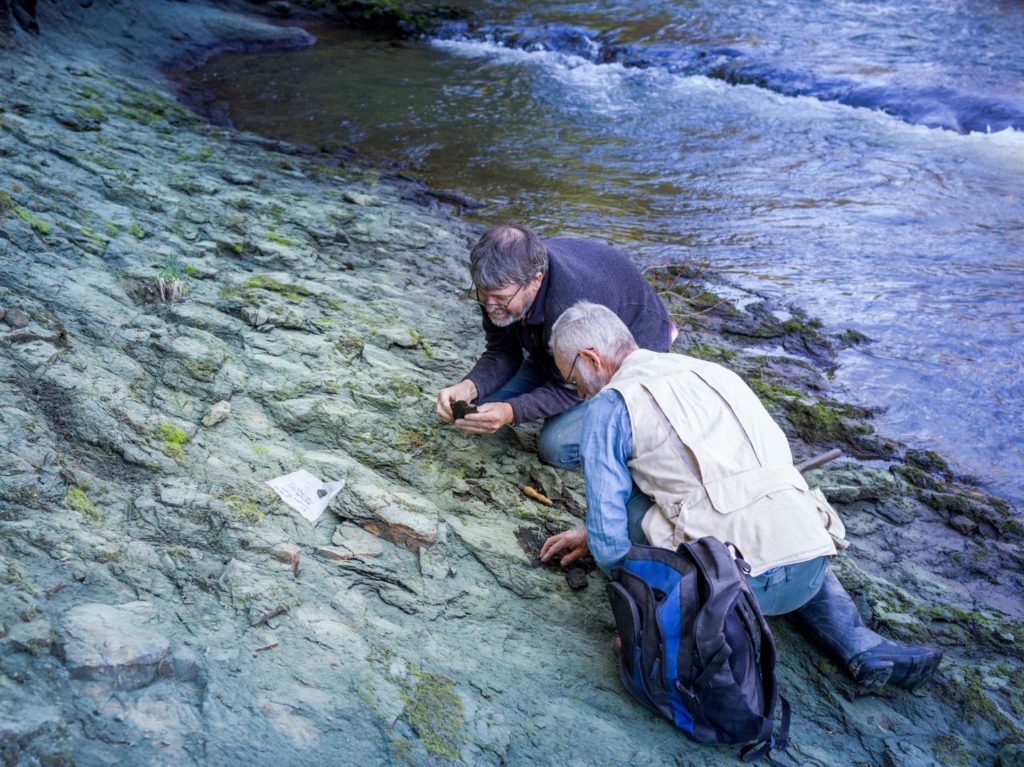
Scientists discover one of world’s oldest bird species in Waipara, New Zealand
Toothed fossil find rewrites history of seabird family
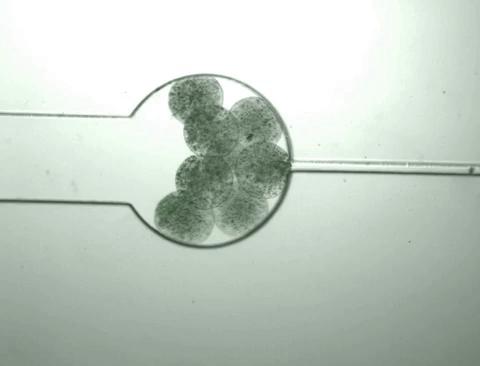
Programmable swarmbots make flexible biological tools
The biomanufacturing platform uses bursting bacteria and a shrinking capsule to produce targeted proteins
Ethanol fuels large-scale expansion of Brazil’s farming land
A University of Queensland-led study has revealed that future demand for ethanol biofuel could potentially expand sugarcane farming land in Brazil by five million hectares by 2030. UQ School of Earth and Environmental Sciences researcher Milton Aurelio Uba de Andrade…
Study stresses the importance of staying physically active and the negative effects of even short-term inactivity
A new study presented at this year’s Annual Meeting of the European Association for the Study of Diabetes (EASD) in Barcelona, Spain (16-20 September) highlights the negative health effects of even short periods of physical inactivity and stresses the importance…
Study finds manufacturing, driving and cleaning jobs linked to the highest risk of developing type 2 diabetes
Professional drivers, manufacturing workers and cleaners have a threefold increased risk of type 2 diabetes (T2D) compared with university teachers and physiotherapists, according to a new study presented at this year’s Annual Meeting of the European Association for the Study…
Early signs of adult diabetes are visible in children as young as 8 years old
Early signs of adulthood type 2 diabetes can be seen in children as young as 8 years old, decades before it is likely to be diagnosed, according to a new genetic study being presented at this year’s European Association for…
Deprivation associated with increased risk of death following hospital admission with type 2 diabetes
New research presented at this year’s Annual Meeting of the European Association for the Study of Diabetes (EASD) in Barcelona, Spain (16-20 Sept) shows that where you live has an impact on how likely you are to die for patients…
Tortillas tell the story of folate deficiency in Mexico: study
A new study led by researchers at the Columbia University Mailman School of Public Health in collaboration with that National Institute of Public Health, Mexico, that accounts for folic acid (FA) fortification in staple foods made from wheat and corn,…
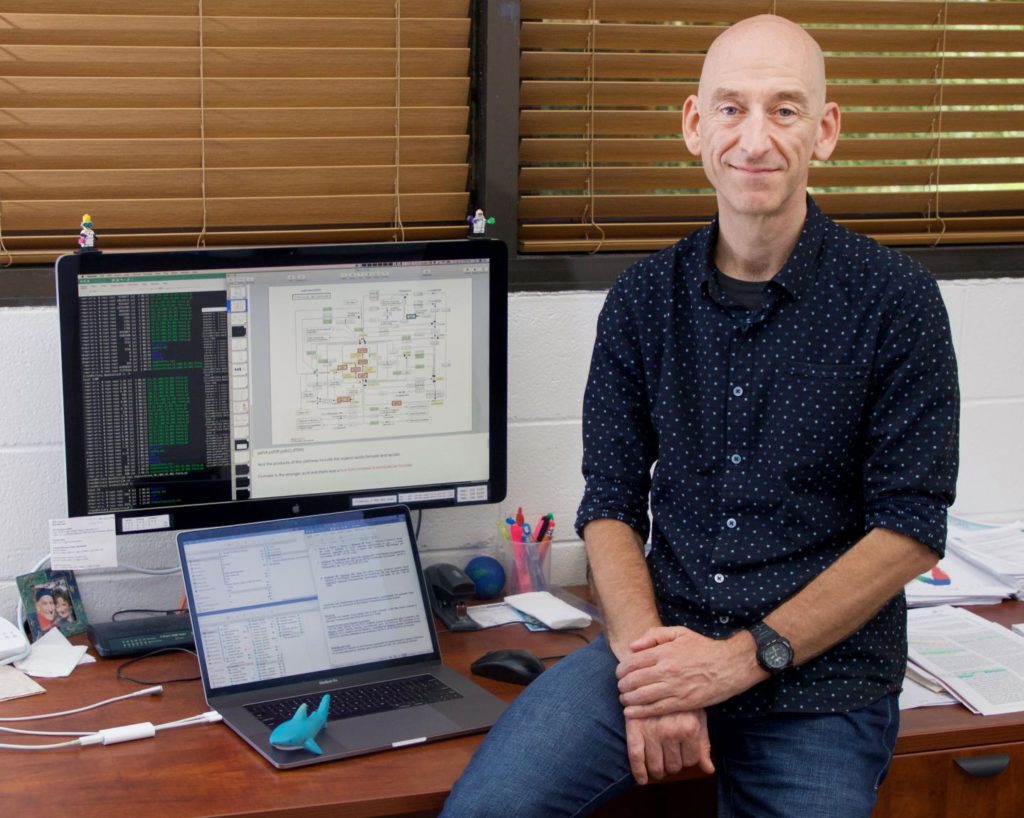
Genomic migration analysis shows antibiotic resistance moving from humans to animals
CLEMSON, South Carolina – A Clemson University professor’s research has documented the movement of antibiotic resistance in humans into animal species. College of Science researcher Vincent Richards recently published results that draw attention to reverse zoonosis, or pathogens moving from…
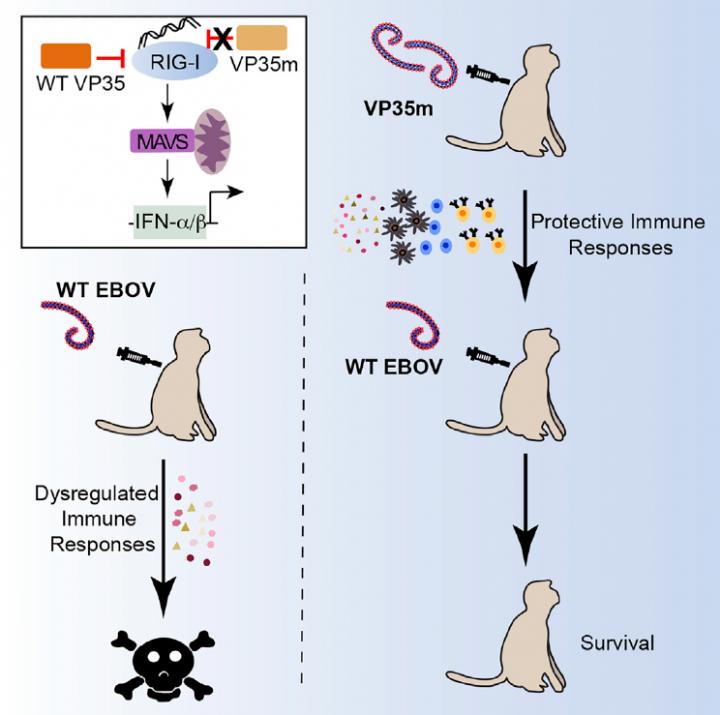
Mutant live attenuated Ebola virus immunizes non-human primates
Inoculation with an Ebola virus that has mutations in a protein called VP35 does not cause disease and elicits protection in monkeys, researchers show September 17 in the journal Cell Reports . The findings suggest that the immune-evasion function of…
ASTRO comments to the Centers for Medicare and Medicaid Services regarding their proposed radiation oncology alternative payment model
In response to the Centers for Medicare and Medicaid Services’ (CMS) request for comment on their proposed advanced alternative payment model (APM) for radiation oncology, the American Society for Radiation Oncology (ASTRO) submitted comments and issued the following statement today from Paul Harari, MD, FASTRO, Chair of the ASTRO Board of Directors.
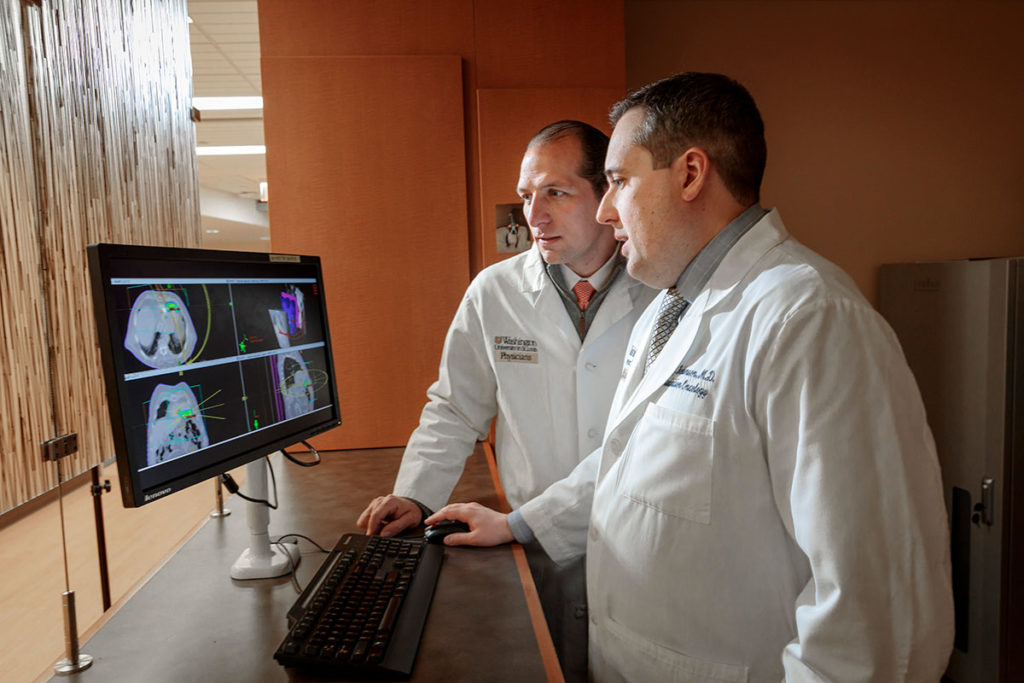
Radiation therapy effective against deadly heart rhythm
A single high dose of radiation aimed at the heart significantly reduces episodes of a potentially deadly rapid heart rhythm, according to results of a phase one/two study at Washington University School of Medicine in St. Louis.

New Method Reveals How Damage Occurs in Human Biological Cells Due to Mechanical Fatigue
Researchers have developed a novel way to measure how mechanical fatigue affects biological cells. They also have established the important role of this effect in influencing physical properties of biological cells such as red blood cells (RBCs). This new technique assesses the mechanical integrity and fatigue behavior of RBCs using a general microfluidics method that incorporates amplitude-modulated electro-deformation. This method has important applications for mechanical fatigue studies in conjunction with other microenvironments related to health and materials engineering.
Are plant-based meats healthier?
As more fast food chains add vegan burger options to their menus, many might wonder if this is a healthier alternative to meat. Judy Simon, a UW Medicine dietitian, says some products do contain whole foods, like sweet potatoes or black beans. Take a look at the ingredient list. she advises. She cautions that some of the products have a lot of sodium, so you’ll want to check the nutritional labels.
“I just think it’s being aware of what you’re eating,” she says.
Balancing Act: Companies Walking a Fine Line Between Innovation and Cybersecurity
Companies are working to balance their desire for new innovations with their need for strong cyber-defenses, a new report from CompTIA, the leading technology industry trade association, finds.
CompTIA’s “Cybersecurity for Digital Operations,” based on a survey of 500 U.S. businesses, also reveals that company executives, business staff and technology professionals have distinctly different views on where their organization stands when it comes to cyber-readiness.

Could Johnny Tremain be gay?
This feature story describes education professor Scott Henderson’s published research on Johnny Tremain.

Saudi Arabia’s Oil Vision and the Oil Price Cycle
Blog post from CFR’s Energy Realpolitik by Amy M. Jaffe
Meatballs might wreck the anti-cancer perks of tomato sauce
Some of the anti-cancer benefits of tomatoes, specifically those from a compound called lycopene, could disappear when they’re eaten with iron-rich foods, according to a new study from The Ohio State University.
At-home blood pressure tests more accurate for African Americans
At-home measurements are more accurate, less expensive, and easier to obtain than blood pressure screenings done in medical settings.

Americans would rather drive themselves to work than have an autonomous vehicle drive them, study says
Are you willing to ride in a driverless car? Researchers at the University of Washington studied how Americans’ perceived cost of commute time changes depending on who’s driving.
Rutgers Expert Available to Discuss European Commission, President-Elect Ursula von der Leyen
R. Daniel Kelemen, a Rutgers University–New Brunswick professor of political science and expert in E.U. politics, is available for commentary on Ursula von der Leyen, the president-elect of the European Commission, and the controversy around her proposed team of commissioners for…
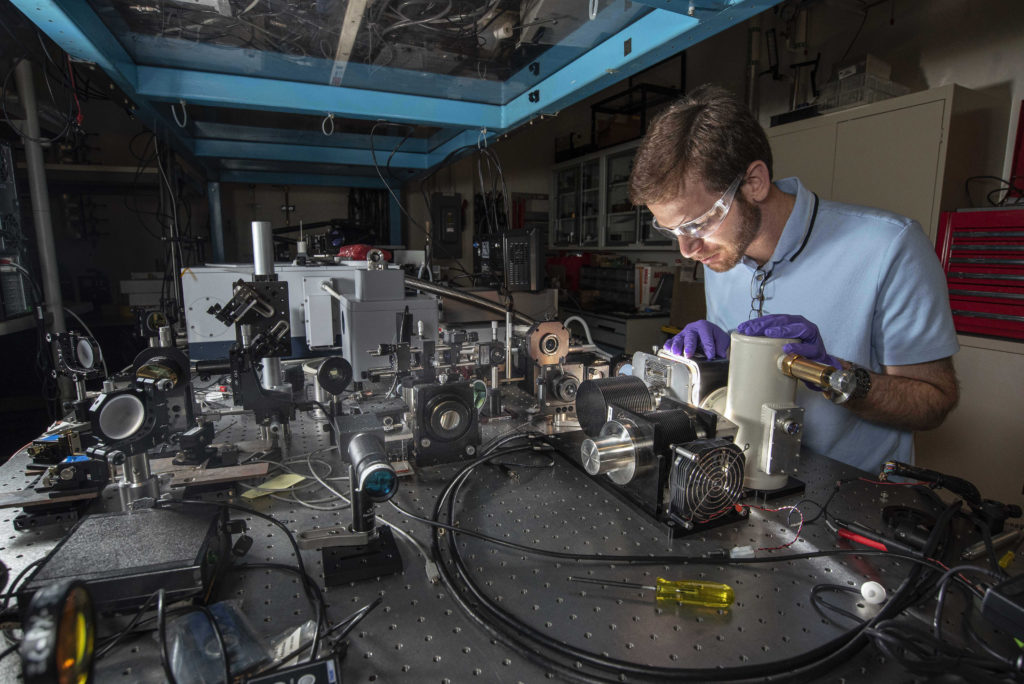
Seeing infrared: Sandia’s nanoantennas help detectors see more heat, less noise
Sandia National Laboratories researchers developed tiny, gold antennas to help cameras and sensors that “see” heat deliver clearer pictures of thermal infrared radiation for everything from stars and galaxies to people, buildings and items requiring security. The new nanoantenna-enabled detector can boost the signal of a thermal infrared camera by up to three times and improve image quality by reducing dark current, a major component of image noise, by 10 to 100 times.
Bowling Green State University joins the world in mourning the loss of Rock-and-Roll Hall of Famer Ric Ocasek, a BGSU student in the ’60s.
Sound archivist available to talk about Cars frontman Ric Ocasek, who passed away Sept. 15: Bowling Green State University joins the world in mourning the loss of Rock-and-Roll Hall of Famer Ric Ocasek, a BGSU student in the ’60s. As…
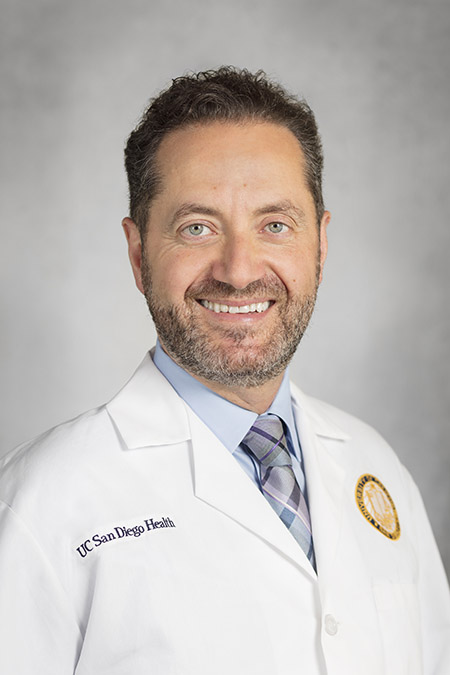
New 3D Technology Can Repair Aneurysms Previously Deemed Inoperable
New technology from Cydar is allowing UC San Diego Health surgeons to repair aneurysms previously deemed inoperable.
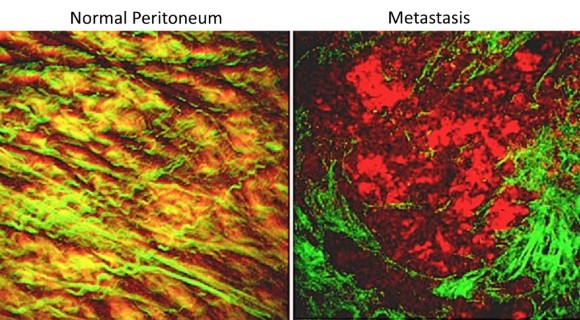
Label-free microscope detects ovarian metastatic cancer
Cancer in the ovaries often metastasizes to the surrounding tissues, but is too small to be detected. Now a label-free microscopy technique is able to identify these regions with great accuracy, enabling early removal of these microscopic malignancies.
Female Athletes Seek Specialty Care for Concussion Later than Males, Potentially Contributing to Longer Recovery
Female athletes seek specialty medical treatment later than male athletes for sports-related concussions (SRC), and this delay may cause them to experience more symptoms and longer recoveries. The study raises the question of whether, in youth and high school sports, inequities in medical and athletic trainer coverage on the sidelines are contributing to delayed identification and specialized treatment of concussion for female athletes, leading to more symptoms and longer recovery trajectories.
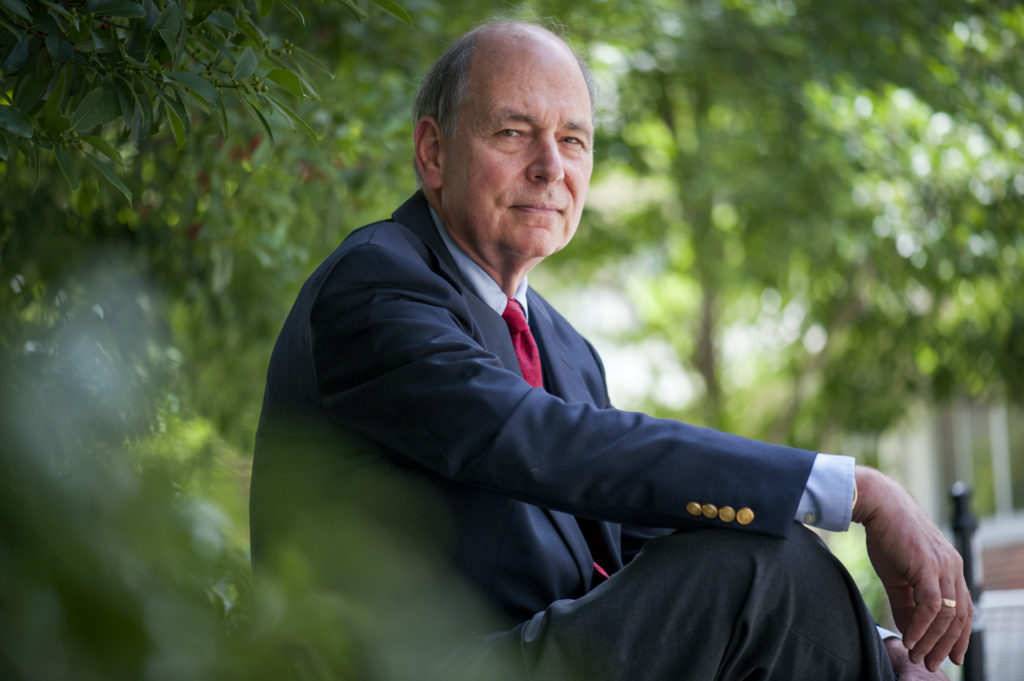
Tulane expert available to speak about energy market impacts of Saudi Arabia oil attack
Tulane University energy industry expert Eric Smith is available to speak about how the recent drone attack on oil facilities in Saudi Arabia could impact world oil and gas supplies and the U.S. market. Smith, who is associate director of…
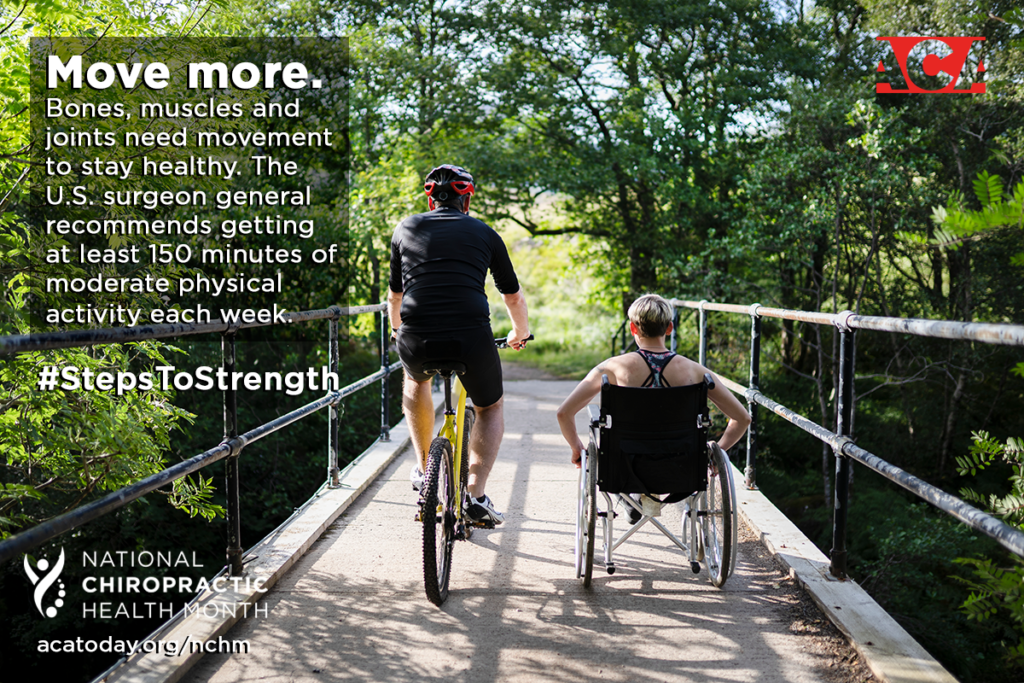
National Chiropractic Health Month: Take Steps to Better Musculoskeletal Health
The American Chiropractic Association (ACA) and chiropractors nationwide are encouraging the public to take simple steps to better musculoskeletal health during National Chiropractic Health Month (NCHM) this October.
Gutsy effort to produce comprehensive study of intestinal gases
A source of embarrassment to some, or pure comedy to others, flatulence and the gases of the intestines are increasingly seen as playing an important role in our digestive health.
UCI scientists project northward expansion of Valley fever by end of 21st century
Valley fever is endemic to hot and dry regions such as the southwestern United States and California’s San Joaquin Valley, but scientists at the University of California, Irvine predict that climate change will cause the fungal infection’s range to more than double in size this century, reaching previously unaffected areas across the western U.
Anxiety mounts for Ford and Chrysler with GM strike, work stoppage
More than 49,000 members of the United Auto Workers walked off of factory floors and set up picket lines early Monday morning as contract talks with General Motors led to a strike. Workers shut down 33 manufacturing plants and 22 parts distribution warehouses.

‘Ringing’ black hole validates Einstein’s general relativity 10 years ahead of schedule
Gravitational wave ‘tones’ detected following the merger of two black holes confirm the decades-old ‘no-hair theory’ of black hole properties
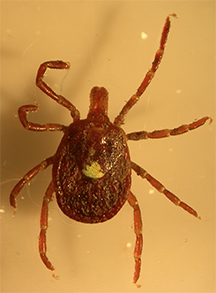
More Than Lyme: Tick Study Finds Multiple Agents of Tick-Borne Diseases
In a study published in mBio,, Jorge Benach and Rafal Tokarz, and their co-authors at Stony Brook University and Columbia University, reported on the prevalence of multiple agents capable of causing human disease that are present in three species of ticks in Long Island.
American Society of Anesthesiologists Hosts ANESTHESIOLOGY® 2019
Cutting-edge research aimed at improving the patient experience and safety for millions of people undergoing surgeries and seeking acute and chronic pain relief will be showcased at ANESTHESIOLOGY® 2019, the annual meeting of the American Society of Anesthesiologists (ASA), Oct. 19-23, in Orlando.

Starting HIV Treatment in ERs May Be Key to Ending HIV Spread Worldwide
In a follow-up study conducted in South Africa, Johns Hopkins Medicine researchers say they have evidence that hospital emergency departments (EDs) worldwide may be key strategic settings for curbing the spread of HIV infections in hard-to-reach populations if the EDs jump-start treatment and case management as well as diagnosis of the disease. A report on the findings was published in August in EClinicalMedicine.
Lack of sleep affects fat metabolism
Researchers found that a sleep schedule built to resemble a work week disrupted lipid metabolism and feelings of fullness after a meal. One night’s recovery sleep helped… but not enough to return metabolism to normal.
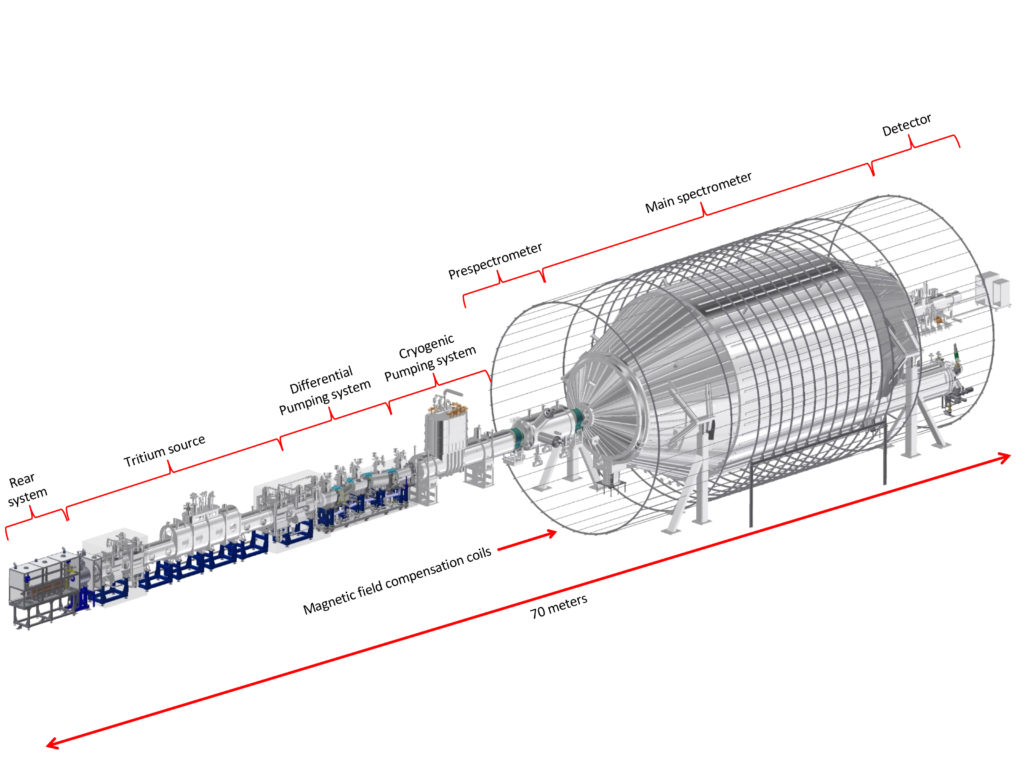
KATRIN cuts the mass estimate for the elusive neutrino in half
At the 2019 Topics in Astroparticle and Underground Physics conference in Toyama, Japan, leaders from the KATRIN experiment reported Sept. 13 that the estimated range for the rest mass of the neutrino is no larger than 1 electron volt, or eV.
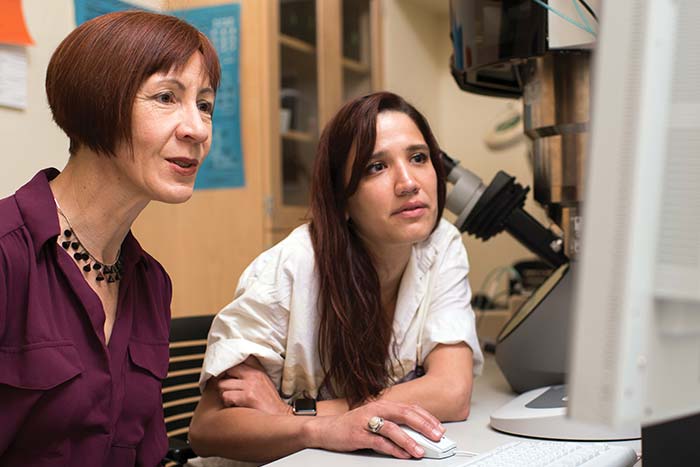
Small Things
Melissa Santala, assistant professor of materials science at Oregon State University, and her team of graduate students are studying the microstructure behavior of metals and oxides at an atomic level to find more efficient ways to speed up catalysis. Her goal is to make chemical processes both more efficient and cost effective.
New algorithm can distinguish cyberbullies from normal Twitter users with 90 percent accuracy
A team of researchers, including faculty at Binghamton University, have developed machine learning algorithms which can successfully identify bullies and aggressors on Twitter with 90 percent accuracy.
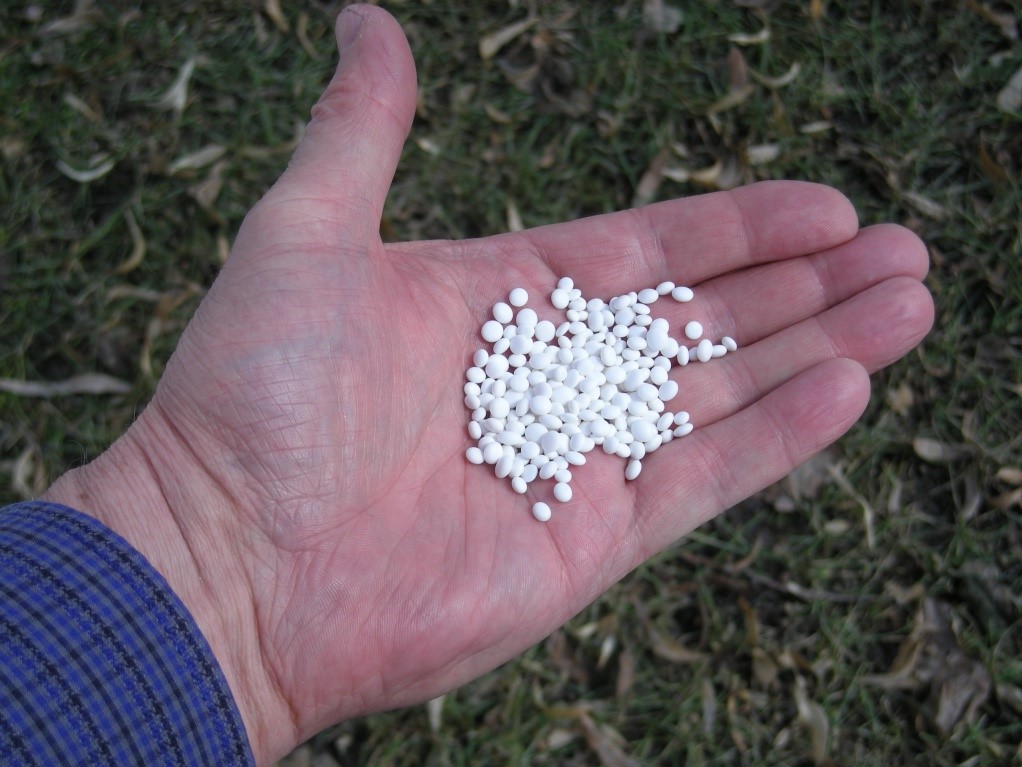
Celebrating the 350th Anniversary of Phosphorus’ Discovery!
A paradox of too much and too little of this necessary nutrient
Experts Share Clinical Perspectives on New Class of Migraine Medications
Sharing information about a “person on the street” back page feature in Practical Neurology that features quotes from attendees of the American Headache Society meeting and also promote the upcoming American Society Headache meeting.